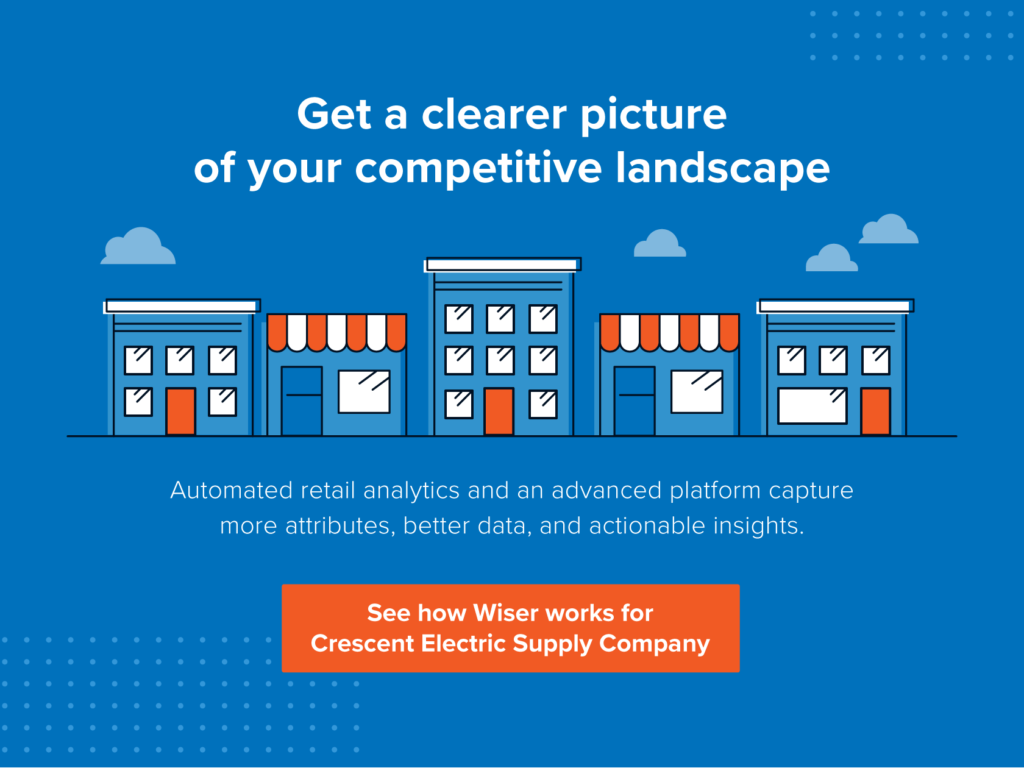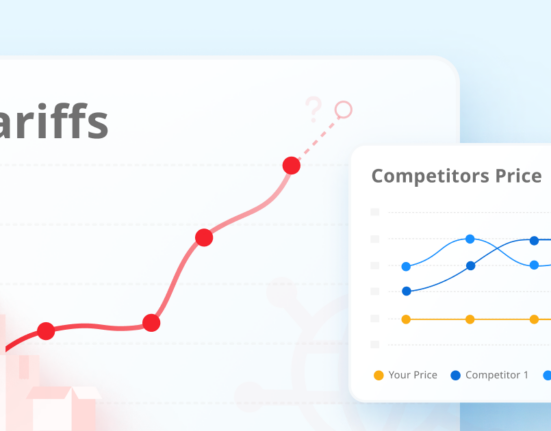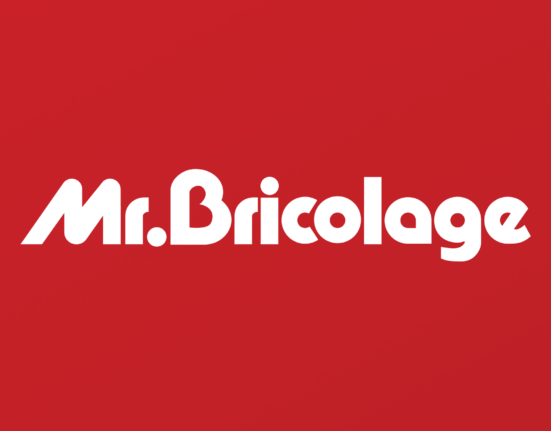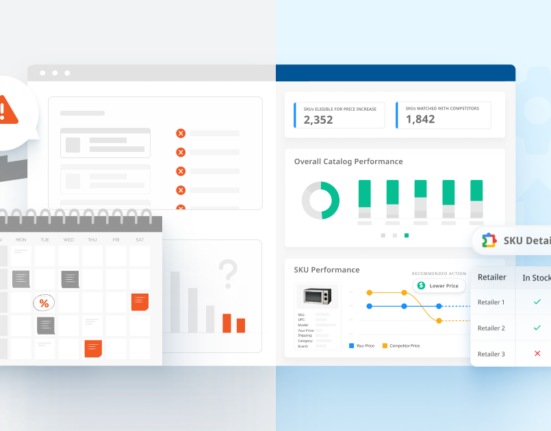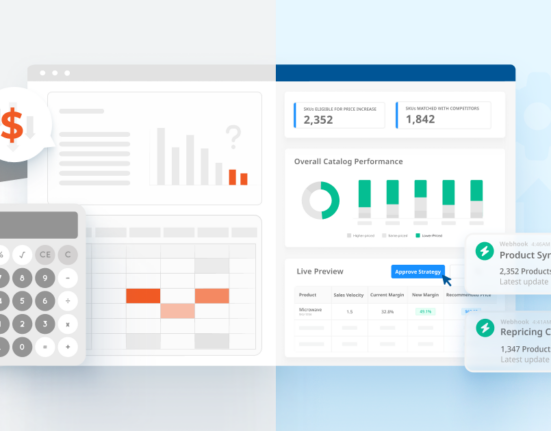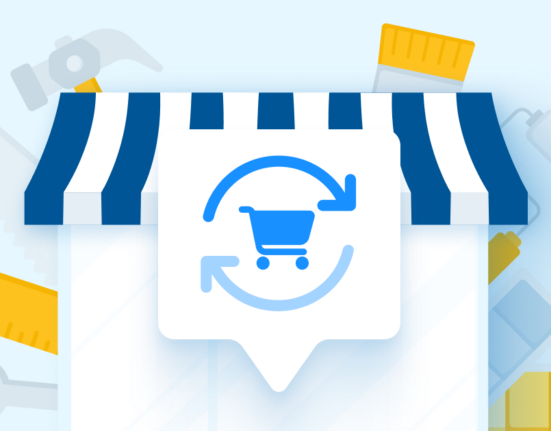The moment you notice your sales dropping, you need to act fast to get to the bottom of the problem. Sales can decline for various reasons, and finding the cause may be the trickiest part. Luckily, Wiser has put together a list for you with the six reasons why your sales are dropping and what to do to increase retail sales.
1. Poor Communication
Often sales are negatively affected by poor communication between teams. In retail, it’s important to have a seamless relationship between marketing and merchandising teams to make well informed strategic decisions to maximize sales performance. Poor communication between the teams can lead to misaligned product and advertising strategies. For example, if the marketing team is investing a disproportionate amount of advertising spend on items at too low of a price point, the merchandising team may not be prepared for the surge in demand, which can lead to stock outs and lost sales.
It is important for teams to have aligned goals and to make decisions with the same information. To result in better-informed decisions and help integrate workflows effectively to help increase retail sales, it is important to have a single source of truth.
2. Wrong Assortment
When a customer comes into a store and they cannot find what they’re looking for, it creates a poor shopping experience and potentially loses you sales. While retail stores cannot carry endless inventory, optimizing your assortment will decrease the chances of your customer walking away empty handed.
Assortment optimization begins with analyzing current and historical inventory trends. This can be a time-consuming task if done manually, but can provide merchandise forecasts to identify demand patterns. Having a healthy assortment can increase retail sales as it can create a positive shopping experience for your customers and may encourage them to continuously return to shop again.
3. Lack Additional Value
Not providing enough additional value, can be another reason your sales are declining. Perhaps, your competitors are providing more incentives than you, such as free shipping or free returns. According to Forbes, free shipping is the incentive 88 percent of online shoppers want the most. If you and a competitor offer some of the same products, but they are offering free shipping, you may lose out on those sales. To ensure you never miss out on an opportunity to increase retail sales, keep an eye on what competitors are offering to help you match that.
Loyalty programs are another way to ensure your customers continue to return. By providing incentives to shop at your store, you can create customer loyalty. Loyalty programs are only effective when customers know how to earn points, what the rewards are, and how close they are to reaching a reward. Implementing a successful loyalty program can create many benefits, including a bump in sales.
4. Price
Price has a big influence on sales. In essence, a high price can maximize short-term profit, while a low price can maximize long-term profit, as it generally attracts more customers and helps the business gain market share. Price can also be a determinant of a brand’s positioning and quality. If a product line launches with a high price, it suggests high quality and prestige.
A price change on a price sensitive product can reduce sales. Therefore, measuring a product’s price elasticity is important, as it will help you determine how sensitive demand is to any price changes. By testing pricing strategies, you can maximize sales and margins at the highest price consumers are willing to pay.

5. Promotions Aren’t Aligned
Sales promotions are an effective way of increasing sales and building customer satisfaction but if you’re not promoting the right items at the right time, it can be hindering your sales.
Looking at the historical purchasing habits of your consumers can uncover which past promotions performed well and resonated better. Furthermore, analyzing what your competitors have done in the past can help you plan and prepare for future promotional campaigns. Additionally, using promotional analytics can provide insights to better predict customer behavior. Utilizing this can increase retail sales as it can help you provide more compelling promotions in a timely matter.
6. Overlooking Competition
One of the biggest mistakes a retailer can do is ignore their competition. If your sales are declining, diving deeper into competitors’ data can help uncover useful insights. The underlying issue of your declining sales can be due to a new marketing campaign, a better price, or a new promotion. In fact, most reasons mentioned above can be avoided by considering competitive intelligence.
To figure out the reason for your dip in sales, you can analyze competitive data such as pricing trends and discounting behavior. If you’re a low-cost retailer, you want to ensure your price is always lower, with price intelligence you can monitor your competitor’s pricing strategies in real time. This can ensure you’re maximizing your margins, while staying competitively priced.
Additionally, you can ensure you have the right assortment by benchmarking against your competition. This allows you to identify any assortment gaps across product categories. You can also learn the top-selling brands for each product category across competitors. You are sure to increase retail sales by adding the key brands you were missing.
Using promotional analytics allows you to spot trends in retail promotions such as promotional frequency, promotional mix, and any relevant patterns. These are helpful in planning future promotions and staying ahead of your competitor’s promotions to maximize sales. Keeping an eye on your competition is helpful so you can react effectively.
Conclusion
Don’t wait until your sales decline to analyze your business strategy. The key is to try to step ahead of the competition utilizing competitive intelligence. Increase retail sales by having an edge over assortment, value, price, and promotions.
Contributing writer: Patricia Montenegro

